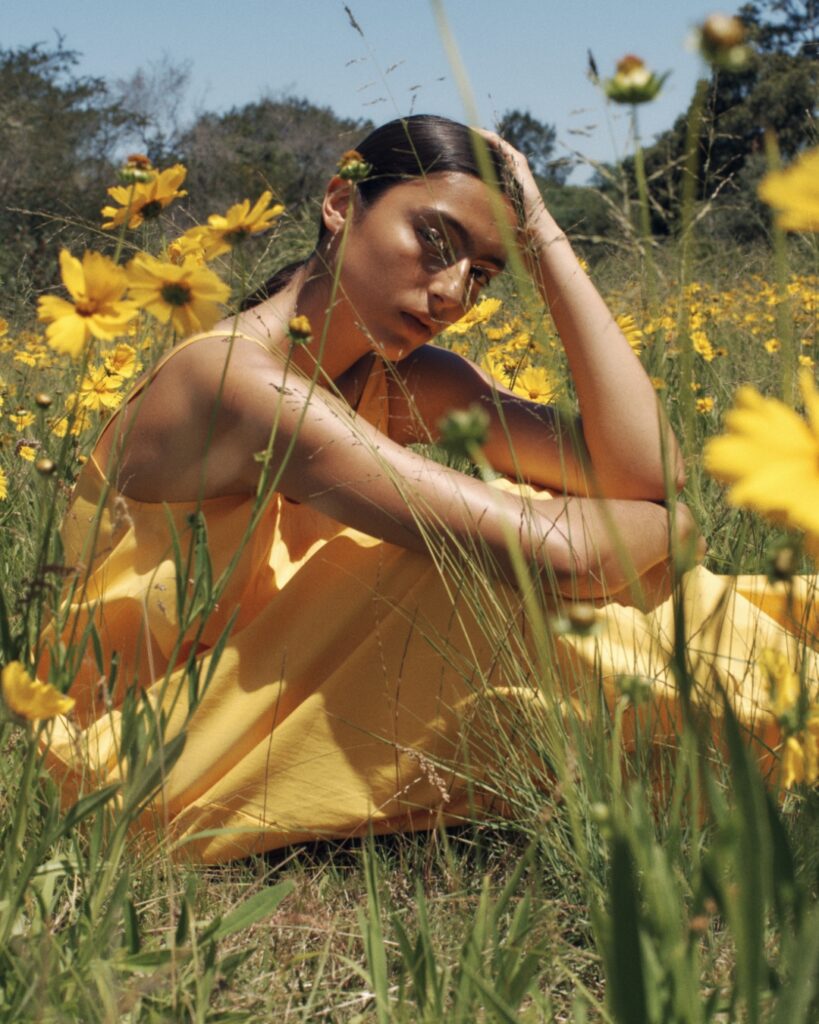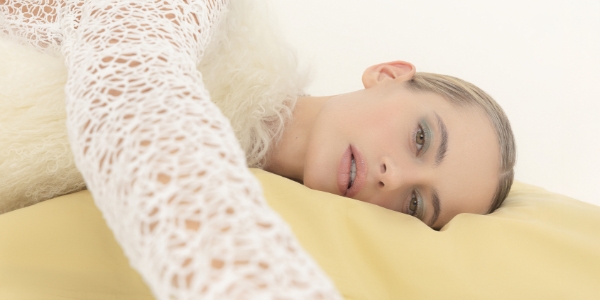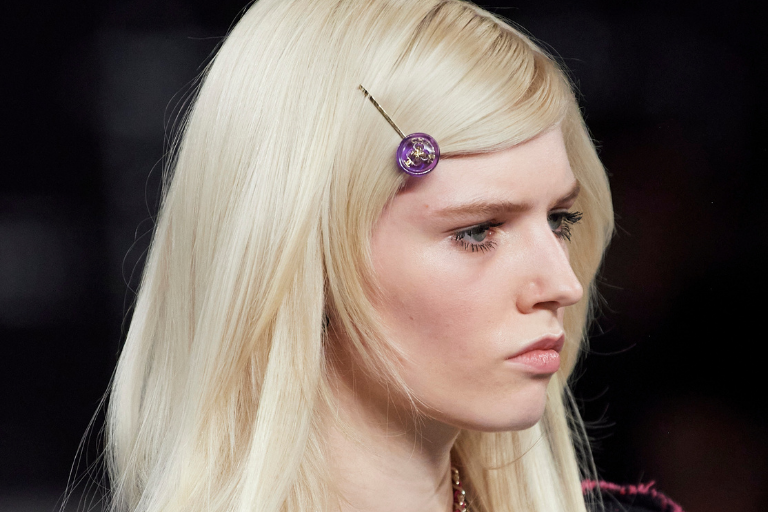
It goes without saying that it’s been a tough time for the hairdressing industry, which is probably why some of the trends from last year are flowing right on into this one. With a bit of hope, though, we can assume we’ll be seeing our stylists more regularly than we have in the past two years, and that gives us all more freedom to experiment with new cuts and colours. With some of 2021’s biggest hair trends continuing to last the distance (the never-ending dominance of the bob, anyone?), staying current is up to the individual, as some choose to relish these slightly older ideas, knowing how well they work, and others opt to try new things for a fresh start. We asked co-owner of D&M hair salon and five-time New Zealand Hairdresser of the Year Danny Pato what the latter will look like.
1. Grown-up clips
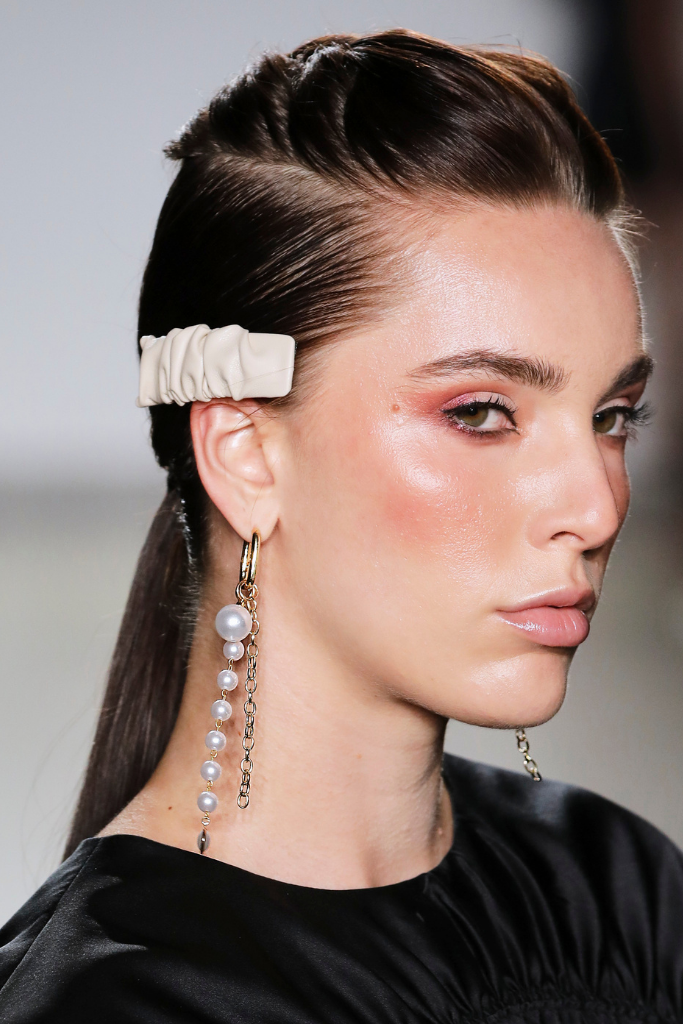
Many of us associate clips with little girls, but in 2022, donning them is anything but juvenile. To ensure your accessories feel grown-up, Pato says choose well. “Go for metallic or earthy materials,” he says. “If you have finer, straighter hair, opt for simple bobby pins just above the ear. For thicker, wavier hair, go for statement clips that stand out from your curls.” The new wave of clips can really work to cement your sense of style. Lean toward regular use of the ’90s claw clip instead of a hair tie, or wear clips in multiples. We don’t mind regal pearl slides or a bit of something bright with sparkly embellishments.
2. The shullet
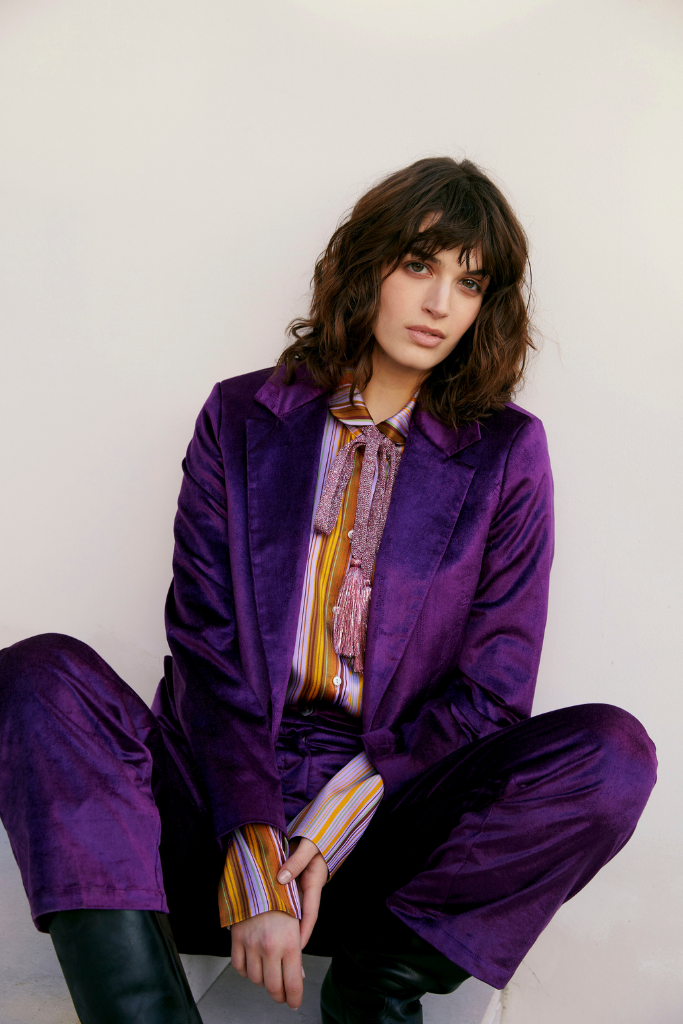
An extremely divisive trend, the mullet has had a makeover and made an unlikely comeback as the shullet — a cross between the mullet and the ’90s shag, with all the fringe of the former, finished with feathery layers. Given it’s an acquired taste, why is everyone rushing to get one now? Pato says the revival was born in the pandemic “as the unplanned love child of salon shutdown and lockdown boredom, who had a wild night drunk on TikTok”. He’s joking, but adds that the mullet has actually been around since Ancient Greece. “In the years since, it’s had a few revivals, most famously in the 1970s with the likes of David Bowie and Joan Jett. It went extreme in the ’80s when combined with perms, and in more recent times, alongside its iconic status in several subcultures, the anti-fashion-but-also-totally-fashion mullet has popped up from time to time — we’re looking at you, Miley Cyrus.” Thankfully, the new era of the soft, more balanced shullet makes it a style that in certain forms could go undetected by the untrained eye. But a word of warning — don’t go trying to create this look yourself. Although it may look easy to do, it’s incredibly difficult to emulate. You need a professional to understand your hair texture and face shape to ensure you don’t look like you’re legit straight out of the ’80s.
3. The power bob
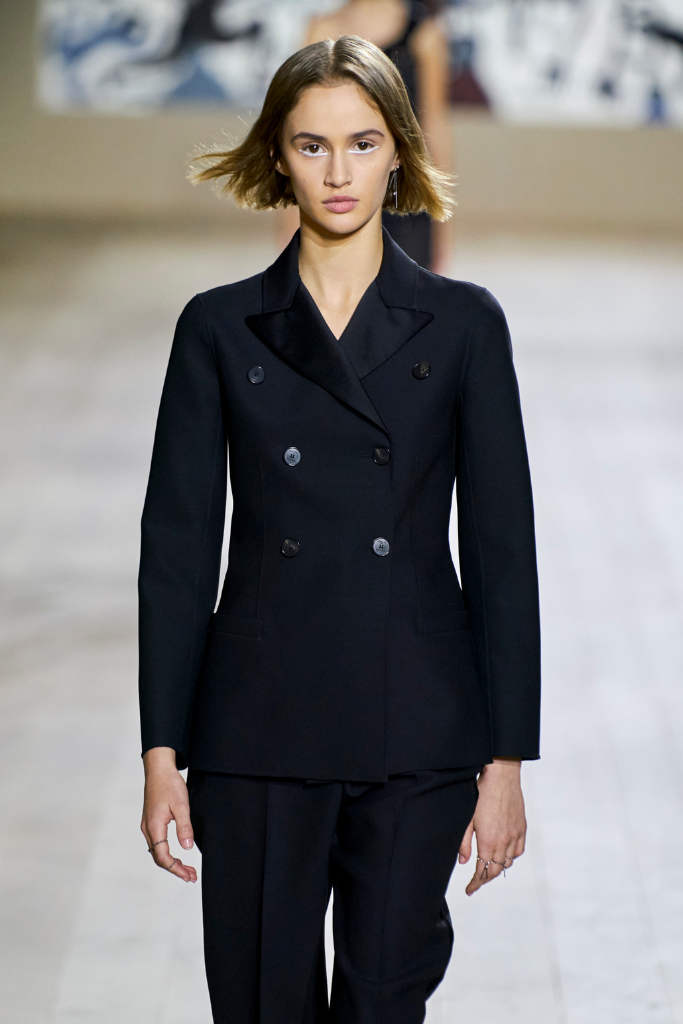
The bob was one of the biggest cuts in 2021 — and it’s still trending today. Pato says it’s because “bobs mean business. They demand attention, are timelessly chic, draw focus to the face and, as a bonus, are easy to style at home.” What we’re seeing now is not just the traditional sharp cut-above-the-shoulder bob, but its evolution into all kinds of other bobs — namely the lob (long bob), wob (wavy bob) and the French bob (frob?). The French bob is literally making waves in 2022 thanks to its tousled texture and extra-short fringe, à la Anya Taylor-Joy’s look in The Queen’s Gambit. One thing to note with any sort of bob is the maintenance required. Pato says how regularly you’ll need to re-cut yours depends on the style. “Lobs and wobs can usually be pushed out a little longer, but sharper, shorter bobs need cutting at least every six weeks. It also depends how quickly your hair grows — some people need more frequent cuts if their hair grows faster.”
4. Expensive blonde
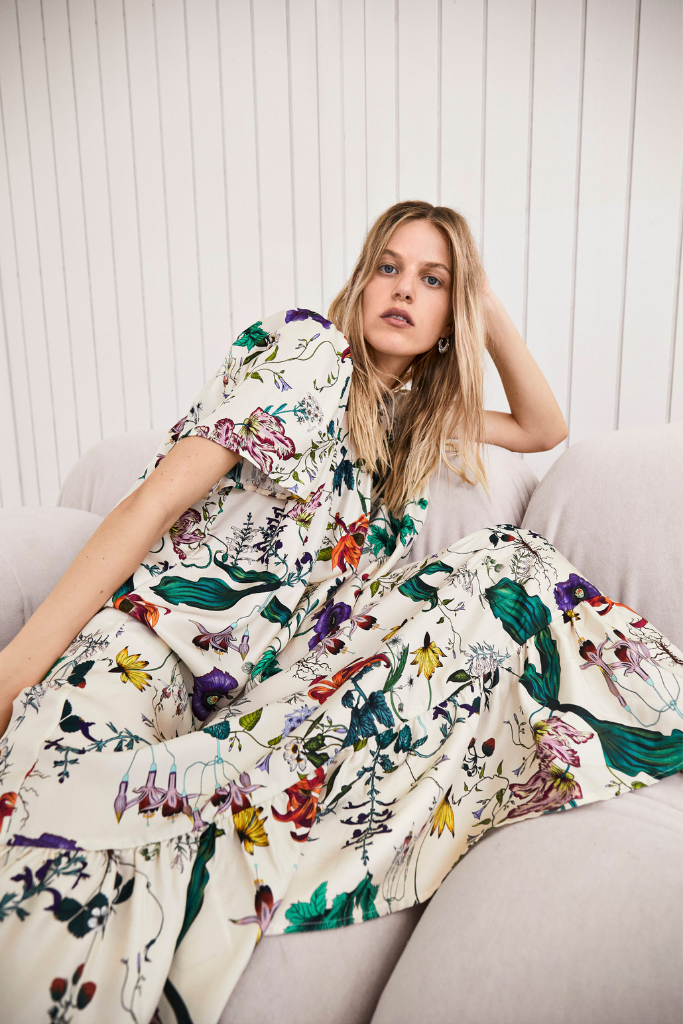
Last year was all about ‘expensive brunette’, a multidimensional colour that reigned supreme. This year, ‘expensive blonde’ is on top. Although the name isn’t very original, the colour itself is hard to pin down. The best way to describe it is blonde highlights and lowlights that are combined to create a luxe effect. “The difference between the tones should be fairly subtle and fine, so hair looks seamless rather than stripy,” says Pato. “The colour should also suit your natural skin, eye and hair tones, and not be too far off your natural base shade.” I guess what we want to know is whether or not this hue lives up to its name — can you just grab a box dye from the supermarket and achieve the same result? “Box dye gives you one formula,” says Pato patiently. “Professionals use a variety of tones and developer strengths and expertly place them, considering the heat band coming off the scalp, any previous colour in the hair, and the client’s natural pigmentation, and will often refine the result with a customised toner.” Maintenance-wise, this look is led by foil work, so to keep it looking flawless you’ll need to see your colourist every six to eight weeks. Pato adds that home care is vital with this look, as lightening the hair inevitably causes dryness and brittleness, and the colour can go brassy over time. To combat that, he suggests using the Davines Heart of Glass system ( from $42), which will keep your expensive blonde bright.
5. The centre part
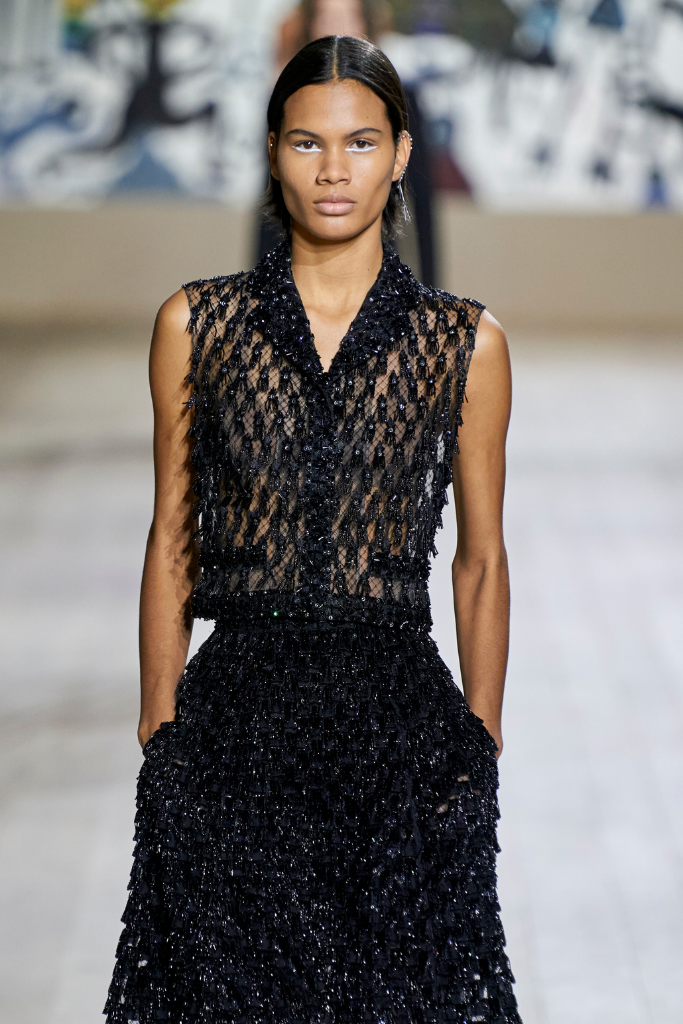
If the recent international runways are anything to go by, one thing’s certain: the middle part is back and here to stay. And that’s a good thing, because for most people, it’s easy
to achieve. The centre part works to create balance and symmetry as it elongates the face and draws attention to the eyes and cheekbones. But how do you get yours perfect? Pato says first things first, you need to get in front of a mirror. “Put your finger on the tip of your nose, then use that as the guideline for the centre. Brush your hair away from your face and let it fall naturally. If it didn’t fall perfectly in the centre, use the tail of a tail comb or even a bobby pin to create the part using the finger on the tip of your nose as a guide, making sure you go all the way to the back of the head.” And what about those of us who’s hair doesn’t naturally fall in the middle — can we train it to fall in a different place? “Yes!” he says. “It’s actually healthier for your hair to change the parting now and then, as it helps to change breakage patterns. To create a new part, dampen your hair at the roots before bedtime, create the part where you want it, brush it into place and tie it into a low ponytail. Repeat for a few days and your hair will get the message.”
After a solution for those pesky winter hair problems? Here’s what an expert recommends.



